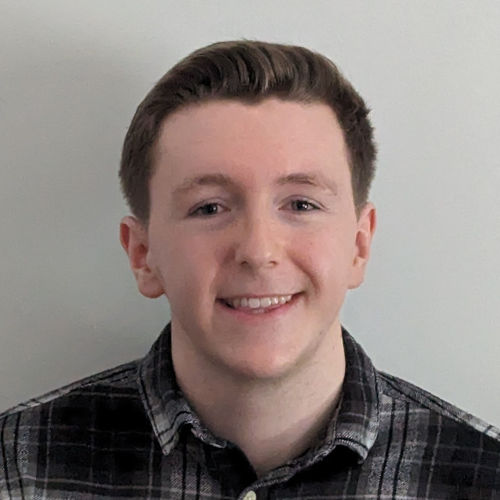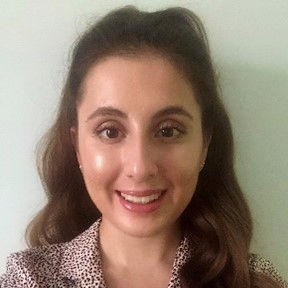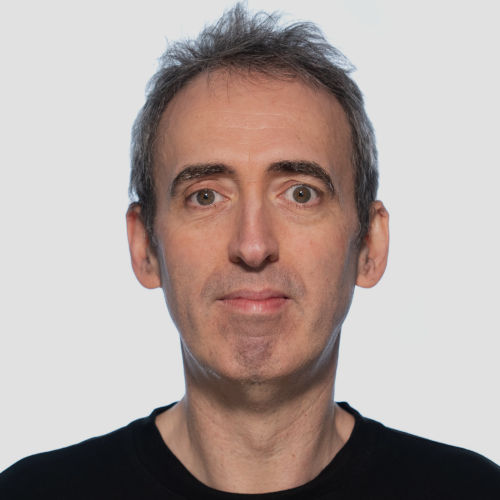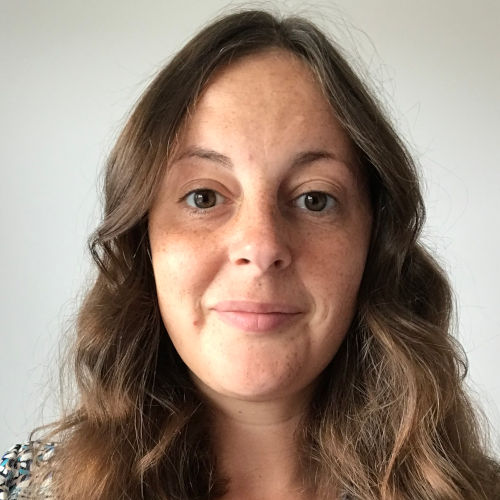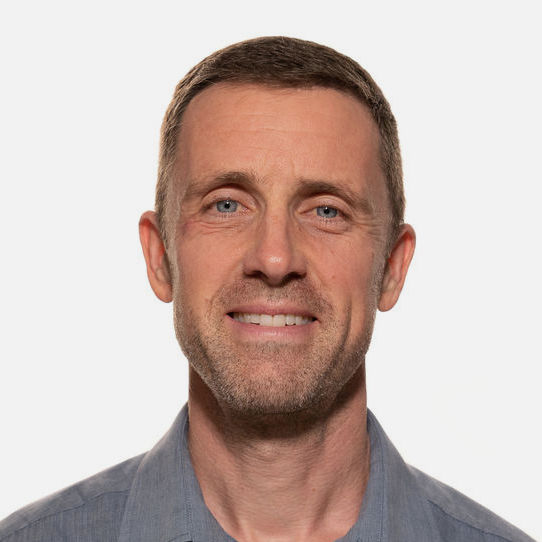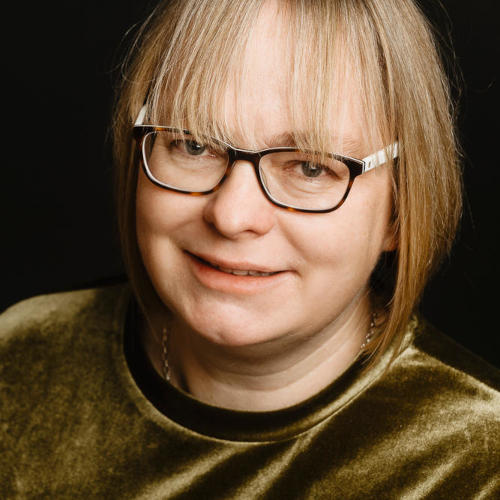Day 4 - Connected Devices: Internet of Things (IoT)
1 - Introduction
Meet Callum and Dan, our hosts for the day. They will introduce you to today's topic of the Internet of Things (IoT) with our team of experts from BT and the University of Suffolk:
2 - Internet of Things (IoT) with Dominic and Ryan
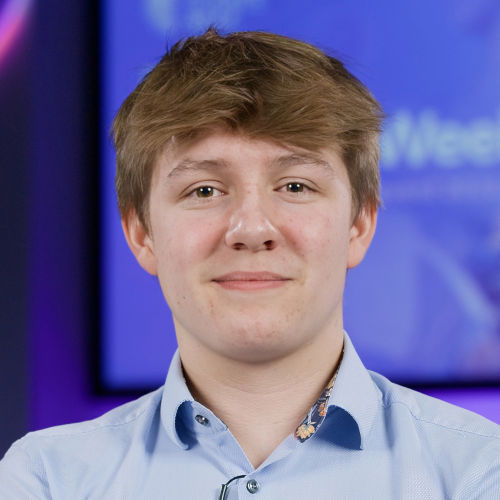
Key qualifications: PhD, BSc.
What does your job involve? I like to say that I draw and talk for a living; my job is about conceiving and sharing a vision, so those are key skills. It seems really obvious, so I'm always surprised when people say it's a rare ability. I love meeting customers, understanding their problems, then leading my team to deliver solutions.
How did you get into your current role? My first job, out of university, was as a designer-coder of a spacecraft control system for the European Space Agency. Ultimately this provided an opportunity to live in Germany and solely maintain the whole system. Doing so meant I saw forty other coders' good and bad ideas and that, more than anything else, set me up to become an architect.
What did you want to be when you were younger? I grew up on and around lifeboats; I served as a Radio Operator on an inshore lifeboat, and my father was a naval architect who designed RNLI lifeboats. So it was going to be something with boats and radios. Along the way I lost the boats but I am very proud that both he and I share being Architects, albeit very different types, like a family trade.
What do you do outside work? I live in an old Somerset cider mill, have two young children and two Labradors, so there is always more to do than is possible. However, when I do get time I like to put "Architecture" into practice myself and build things with my children; 3D printing, assembling and programming.
Key qualifications: BSC Computer Science (Focus around AI, Robotics, Genetic programming).
What does your job involve? I'm in the IoT (Internet of things) team, working on 'cyber physical systems'. My main role involves drone innovation in CNI (Critical National Infrastructure), working with key stakeholders such as ABP (Associated British Ports) and Kier Highways.
How did you get into your current role? I took Computer Science at the University of Essex and completed a placement between my 2nd and 3rd years at BT.
What did you want to be when you were younger? Airforce Pilot. The thought of flying through the air as a day job doesn't sound so bad!
What do you do outside work? Bouldering, motorbikes, mountain biking, and more - I'm a bit of an adrenaline junkie!
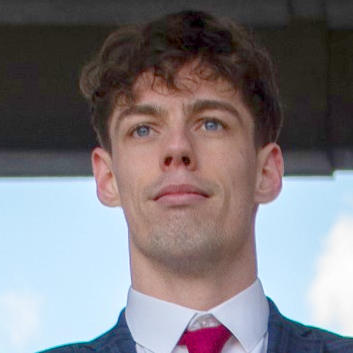
What's your favourite IoT based project that you've worked on?
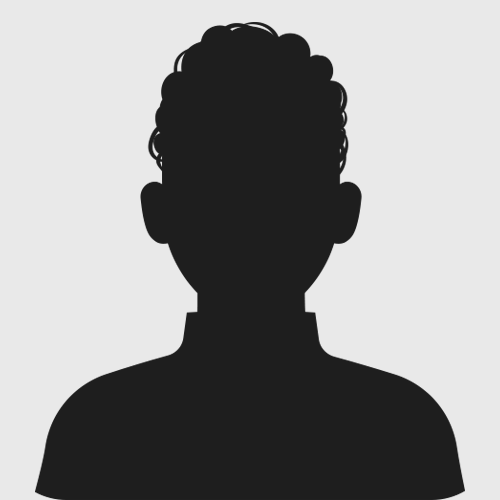
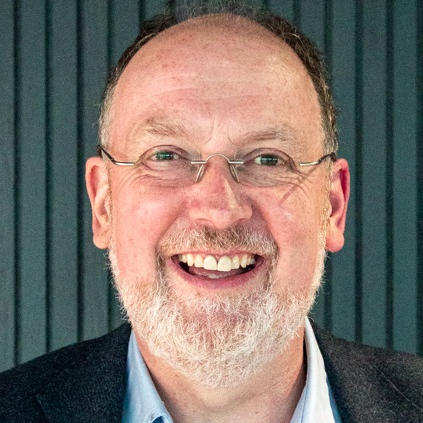
I started my career building spacecraft control systems for weather satellites. The challenge then was to interact with satellites 22,000 miles out in space, both to obtain and visualise vast amounts of sensor data (think of the weather you see on the news), and to constantly make sure the satellite was functioning correctly.
Having done a lot of other things in the meantime, it is extremely rewarding to return to those same challenges in IoT; how to extract data, turn it into something useful and make sure the remote device (IoT thing) is working correctly. That the devices are less than 22,000 miles away doesn't help as much as you might think. They are up lampposts, in vending machines, on a small island in the middle of a Scottish Loch, on cranes in harbours across the UK or one foot underground outside, maybe, your front door.
In terms of my favourite, that is really difficult, I have loved working on them all but I think my favourite is Smart Water meters as it is cutting edge technology. We are trailblazing new services that will be deployed across the country and very meaningfully address climate change by reducing water loss and use.

My favourite IoT project that I've worked on is In-DePTH (Intelligent Drones for Port and Highways Technology).
I started BT as a graduate and began working on AI. I then got the opportunity to obtain a drone licence and get involved with the In-DePTH project (still ongoing). When you think of drones, most people think that drones are just toys, however; when you break them down, they're essentially flying IoT devices. They report things such a telemetry, battery status, camera footage which we can gather and use in various ways. In the case of In-DePTH, we're using this data to make informed decisions on assets in ports and on highways! Its great having this data, but then we need a way to manage it which is where BT's network comes in. By using 5G we can handle large amounts of data being sent from the drone and turn that into valuable insight.
I've really enjoyed working with the end-users and designing an application which enables this new technology to be used in a simple way!
3 - Have a go activities
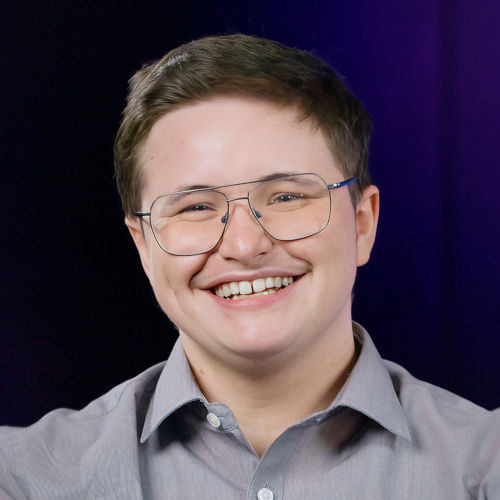
4 - Career profiles

Key qualifications: BA - Natural Sciences - Specialisation in Physics.
What does your job involve? Designing and prototyping lots of proof of concept demonstrators around new state of the art IoT standards. This involves lots of coding which I really enjoy, and has required learning lots of new skills such as Android app development along the way.
How did you get into your current role? I originally joined as an intern in my second year of uni working on a completely different project area of object based broadcasting which was completely new to me. I enjoyed the breadth of work offered in research, and hence decided to join as a graduate the following year within the IoT team.
What did you want to be when you were younger? This really changed quite a lot - originally I wanted to be an electrician as I always liked the idea of making physical things that worked, and whilst I am in a totally different field now, my area of work still allows me to fulfil that ambition of making practical prototypes and demos that are applicable to the real world.
What do you do outside work? Currently taking figure skating lessons as I always liked the feeling of freedom that skating around on the ice offered, yet I could barely even stay upright previously. Otherwise, I have recently taken up Judo, and also enjoy both board and video games.
Key qualifications: Master's degree in chemistry (MChem).
What does your job involve? Currently working in robotics to develop solutions for the FTTP build. Primarily focussing on DIG solutions to reduce costs, make the work safer and accelerate the build. The best thing about my job is the development side so designing and building new concepts to trial.
How did you get into your current role? I joined the BT graduate scheme in Research and Network Strategy in 2020.
What did you want to be when you were younger? I wanted to be a doctor as I loved helping people. I then realised I couldn't handle gory scenes so decided to pursue chemistry as I loved the research side.
What do you do outside work? I love dancing and I'm still a cover dance teacher at my local theatre school where I danced when I was younger.
Key qualifications: BEng Electronic Systems and Control Engineering.
What does your job involve? I've been working in the fascinating area of 'Internet of Things' (IoT) for many years now. Initially I was working on a platform that allowed the data from IoT devices to be shared and used by developers in their Apps. More recently I've been working with lots of different devices themselves (including a robot arm). I'm passionate about research and I enjoy using my coding skills to develop new and exciting services.
How did you get into your current role? I came to BT as a graduate. When I was at university I did lots of research into potential companies to join. I spotted BT and thought they were a good match to my career aspirations, so I applied and was accepted.
What did you want to be when you were younger? When I was younger there was a sudden growth in computing capability and availability. I started playing with computers and realised how flexible they were. I realised there was massive potential, and I knew then that I wanted to work in IT.
What do you do outside work? I used to play squash, but then I heard about parkrun and I went along to see what it was like. I'd never really run before. It was great, and now I am a bit of a running-addict, running regularly at parkrun and in a running club. I passed my '250 parkruns' milestone last December. I also enjoy travelling and holidays.
Key qualifications: BSc Product Design Engineering.
What does your job involve? Speaking to lots of people who use drones and learning what kinds of problems they encounter, and then working with the product team to find creative ways to solve those problems.
How did you get into your current role? I worked as a mechanical product designer when I graduated - first for laser 3D scanners, then a lot of work in bicycle design. As I became more senior, I learned and honed user research techniques to help me succeed with complex projects, like using user insight to program how an eBike should behave. I've run a small design team. Then I moved into doing user-centred design research as my primary role for 2 years, looking at bikes of the future, and joined BT Etc. to lead user research for the Drone Solutions team 6 months ago.
What did you want to be when you were younger? I didn't know until I was 17. I wanted to mix artistic skills and scientific skills, be creative, and make a practical difference. But it wasn't until I learned about product design that I found something that was the perfect fit.
What do you do outside work? I do Lindy dancing and I love being out in nature, hiking. I'm also part of a Hackspace where I make things for my home.
Key qualifications: Certified Information Systems Security Professional - ISC2, BSc(Hons) Software Engineering.
What does your job involve? I focus on improving security and experience for Internet Connected Devices in our customer's homes. I also work with the Connectivity Standards Alliance, and hold advisory and board positions with Innovate UK. My work varies immensely, and no two weeks are similar. It's the variety and the unexpected which I enjoy the most.
How did you get into your current role? I joined BT in 2012 as an Apprentice. After graduating, I held several roles across BT Security before moving to BT Research in 2018. Since the move I've worked in Showcasing, Customer Trialling, Security Consultancy and Internet Connected Device Security.
What did you want to be when you were younger? When I was younger I fancied being a commercial pilot. In the end technology stole my heart, but I never let go of flying. I qualified as a Private Pilot in 2023.
What do you do outside work? I'm just as keen on Technology outside of work as in, keeping myself busy hosting several web services at home and tinkering with all manner of gadgets. To unwind, I enjoy gaming and riding my motorcycles.
Key qualifications: BSc Computer Science, A level Physics, A level Computer Science.
What does your job involve? I work in the Internet of Things team within Research, specifically focusing on the Smart Home and exploring innovative possibilities in that area. The best part of my job is being able to witness and experience the latest technology first-hand, and, of course, working with my colleagues in the team!
How did you get into your current role? I started by coming to Adastral Park for work experience twice when I was in Secondary School, I then came back for a 6 week Summer Placement while I was studying at University. I enjoyed it so much that I decided to apply for their Graduate programme, and that leads me up to where I am today.
What did you want to be when you were younger? A Detective.
What do you do outside work? I'm a massive Cricket fan, and regularly go to watch International games during the summer, and I play a bit myself when I have the time. I'm also a fan of a certain Football team in yellow and green (Norwich City), which makes me popular in the office (in the middle of Suffolk where Ipswich Town are the main derby rivals!). Finally, I really enjoy Martial Arts, my favourite being Kickboxing.
Key qualifications: MEng (hons.) Electronic Systems Engineering; Member of the IET; Accomplished Engineer (in BT's Tech Fellowship).
What does your job involve? I work in IoT (Internet of Things), mainly building proof-of-concept demonstrators, which involves innovating, designing, coding (to create the systems and services that comprise the final demonstrator) and integrating (to glue the various pieces together - sometimes using messaging such as MQTT, sometimes requiring more coding).
How did you get into your current role? BT sponsored me on my degree back in the '90s, and I started working for BT when I graduated. I've worked in lots of areas, including speech/speaker recognition and multimodal interaction (way before Alexa was a thing), dynamic compute (before AWS was a thing), and for the last decade, various IoT projects.
What did you want to be when you were younger? I used to love Lego, so always wanted to be a Lego designer. I also fancied working on film special effects.
What do you do outside work? I love to combine running and photography. I'm an early riser and love to catch a good sunrise in the beautiful Suffolk countryside. It's being in nature that keeps me going, and I particularly look forward to doing my monthly half marathon as I can get even further afield.
5 - University of Suffolk

Key qualifications: MA Earth Sciences, MSc Hydrogeology, PhD in Contaminant Hydrogeology and continuing study in computing and data: I love learning and am currently working towards another MSc in Data Science and Artificial Intelligence.
What does your job involve? As a researcher in sustainability, I work to understand the ways that humans impact the world around us. This is really varied, and includes working with different organisations, undertaking experiments, setting up projects. It's very interesting, and uses a lot of skills.
How did you get into your current role? I have two backgrounds - in environmental sciences (I love being a geologist) and in technology and computing (the excitement of making things work). I have worked in industry and in academia, and everywhere from construction sites to schools. My role at the University of Suffolk draws all of these together, as I use new technology to study and learn more about the world around us and how to protect it.
What did you want to be when you were younger? I always hoped to work in research that is impactful, applied and useful.
What do you do outside work? I explore the wild outdoors - walking, running, swimming, paddleboarding and sailing - with my children, friends or on my own.
6 - Related STEM learning content
If you enjoyed this content, why don't you take a look at some of these other great resources around this topic below:
Supported by:
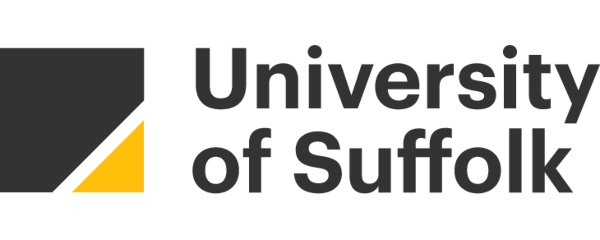
Supported by:
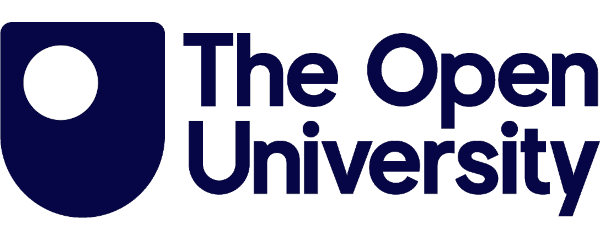
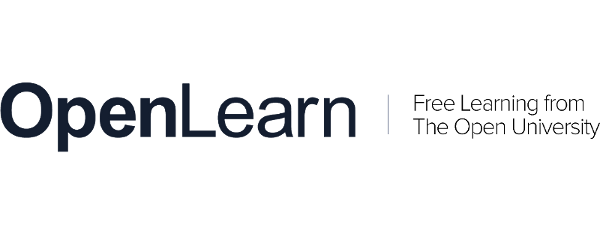
Supported by:


Supported by:


Supported by:

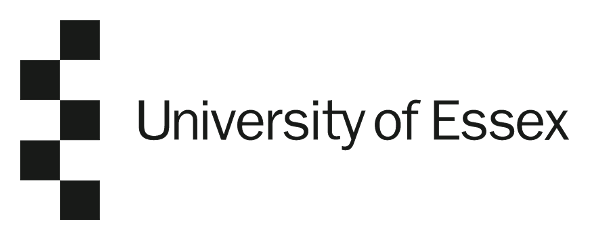
Supported by:

Supported by:

|
We'd love to see pictures of you all getting involved with our BSW content. Email these to us at computerscience@bt.com telling us what school you're from. Or post it on social media and mention @adastralpark with the hashtag #BSW24. |

